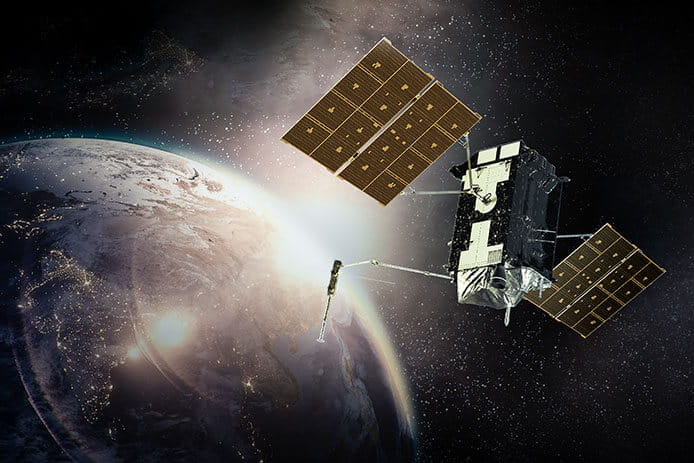Precision landing capabilities anywhere
The Wide Area Augmentation System or WAAS monitors and evaluates all GPS signals over North America to enable pilots to fly using augmented GPS data for safety of life missions like precision landing and en-route navigation. The system allows pilots to safely land in places that were previously inaccessible because of the airport location and/or weather. It also makes airports without ground-based navigation available to pilots.
Development of precision landing with WAAS
Collins Aerospace developed the WAAS system starting in the mid-1990s. From system commissioning in 2003, the Collins team continued to work with the FAA to implement key enhancements to WAAS as well as training FAA Engineering on WAAS maintenance activities. Starting in 2008, Collins trained the FAA Engineering team on WAAS maintenance activities. Since 2014, Collins and the FAA Engineering team have collaborated together to perform many WAAS program modifications and technology upgrades.
WAAS for the Future
Collins and the FAA have introduced many significant changes to WAAS over the 17 years of operational service with no major impact to the user community. System performance has improved over the years in parallel with adding to WAAS LPV and LPV-200 approach procedures catalogue opening up most of the airports in the U.S. for a WAAS-based landing.
With the next planned WAAS upgrade (called WAAS Phase 4B), the FAA is moving WAAS into a more modern and therefore sustainable processing and network architecture while also adding dual frequency service for those users who equip for the dual frequency capability. Single frequency service will continue to be available for users so all users don’t have to upgrade to dual frequency service in order to continue using WAAS.
With the addition of dual frequency service anticipated by 2028, WAAS users with dual frequency WAAS-equipped receivers will find that WAAS service will support better positioning determination even during solar storm periods.
In addition to aviation applications, WAAS is also used in a variety of other areas such as agriculture, automotive, construction, first responders, marine, and many more.
WAAS operates 24/7 to provide a safety capability for pilots with levels of assurance that it will simply work.
WAAS corrections allow the user’s WAAS receiver to correct disturbances that happen naturally with GPS signals. Natural disturbances include impacts of Earth's gravity, atmosphere, and the sun's emissions.

